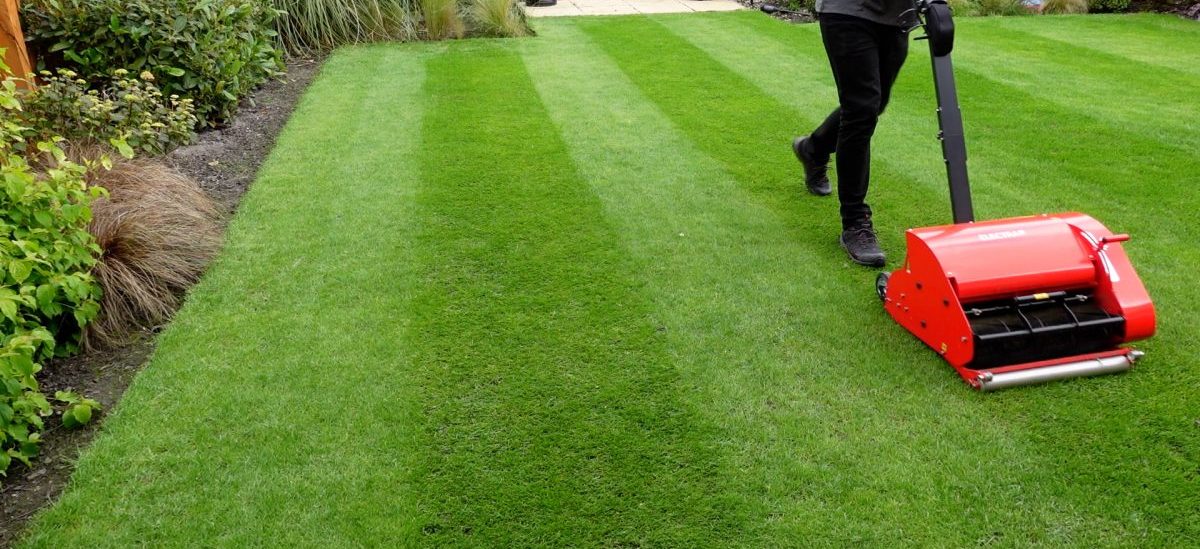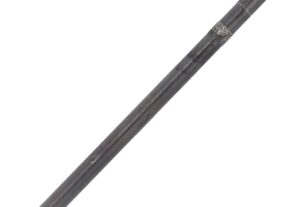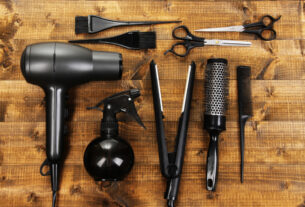Are you tired of looking at your dull and patchy lawn? Do you want to restore its lush green beauty without breaking the bank? Look no further than the overseeding tool!
Overseeding tools are a must-have for any lawn enthusiast looking to revive their lawn. In this ultimate guide, we’ll dive deep into everything you need to know about overseeding tools, including what they are, how they work, and the different types available.
So, let’s get started!
What is an Overseeding Tool?
An overseeding tool is a device designed to help you distribute grass seed evenly across your lawn. It works by creating small holes in the soil and depositing seeds into those holes. This process ensures that the seeds have optimal contact with the soil, which leads to better germination rates and healthier grass growth.
Why Use an Overseeding Tool?
There are many benefits to using an overseeding tool. Firstly, it helps even out your lawn’s growth patterns. Over time, certain areas of your lawn may become thin or bare due to traffic or other factors. By using an overseeding tool, you can introduce new grass seed into these areas and bring them back to life.
Secondly, overseeding tools allow you to control the type and amount of grass seed that goes onto your lawn. This is particularly useful if you want to add a specific type of grass or if you’re dealing with a pest or disease issue.
Lastly, using an overseeding tool is cost-effective compared to other methods of restoring your lawn. Instead of having to re-sod or hire a professional landscaper, you can achieve great results on your own with minimal cost.
Types of Overseeding Tools
There are several types of overseeding tools available on the market today. Let’s take a closer look at each one:
1. Spike Aerators
Spike aerators are a type of overseeding tool that uses spikes to create holes in the soil. They come in different sizes and shapes, including hand-held versions and larger machines that you can attach to a tractor or ATV.
While spike aerators are effective at creating holes in the soil, they don’t deposit seed into those holes. This means that you’ll need to spread the seed by hand or with a broadcast spreader after using the spike aerator.
2. Slit Seeders
Slit seeders are another type of overseeding tool that creates small slits in the soil and deposits seeds into those slits. They work by cutting through the grass blades and into the soil, which ensures optimal contact between the seed and soil.
Slit seeders can be rented from your local home improvement store or landscaping company. They’re also available for purchase if you plan on using them regularly.
3. Broadcast Spreaders
Broadcast spreaders are a popular choice for overseeding because they’re easy to use and relatively inexpensive. They work by spreading seed across your lawn evenly, which helps avoid clumping or uneven growth patterns.
However, broadcast spreaders aren’t as effective as slit seeders or spike aerators when it comes to ensuring optimal seed-to-soil contact. This means you may need to follow up with another method like raking or rolling to press the seeds into the soil.
How to Use an Overseeding Tool
Now that we’ve covered the types of overseeding tools available, let’s dive into how to use them effectively:
1. Prep Your Lawn
Before using an overseeding tool, you’ll need to prepare your lawn properly. This includes mowing your grass shorter than usual (around 2 inches), removing any debris or dead grass, and watering your lawn thoroughly.
2. Choose Your Seed
Next, choose the type of seed you want to use on your lawn. Consider factors like climate, soil type, and sun exposure when making your decision. You can also consult with a local landscaping company or garden center for advice.
3. Use Your Overseeding Tool
Once you’ve prepped your lawn and chosen your seed, it’s time to use your overseeding tool. Follow the instructions carefully for the type of tool you’re using, and make sure to overlap passes to avoid missing any areas.
4. Water Your Lawn
After using your overseeding tool, water your lawn thoroughly to help the seeds settle into the soil. You’ll want to continue watering regularly until the new grass has established itself.
Final Thoughts
An overseeding tool is a valuable investment for anyone looking to restore their lawn’s lush green beauty. Whether you choose a spike aerator, slit seeder, or broadcast spreader, following these steps will help you achieve optimal results:
– Prep your lawn
– Choose your seed
– Use your overseeding tool
– Water your lawn regularly
By taking these steps, you’ll be well on your way to having a beautiful and healthy lawn that you can enjoy all year round!
References:
– https://en.wikipedia.org/wiki/Overseeding
– https://www.pennington.com/all-products/grass-seed/resources/how-to-overseed-a-lawn




